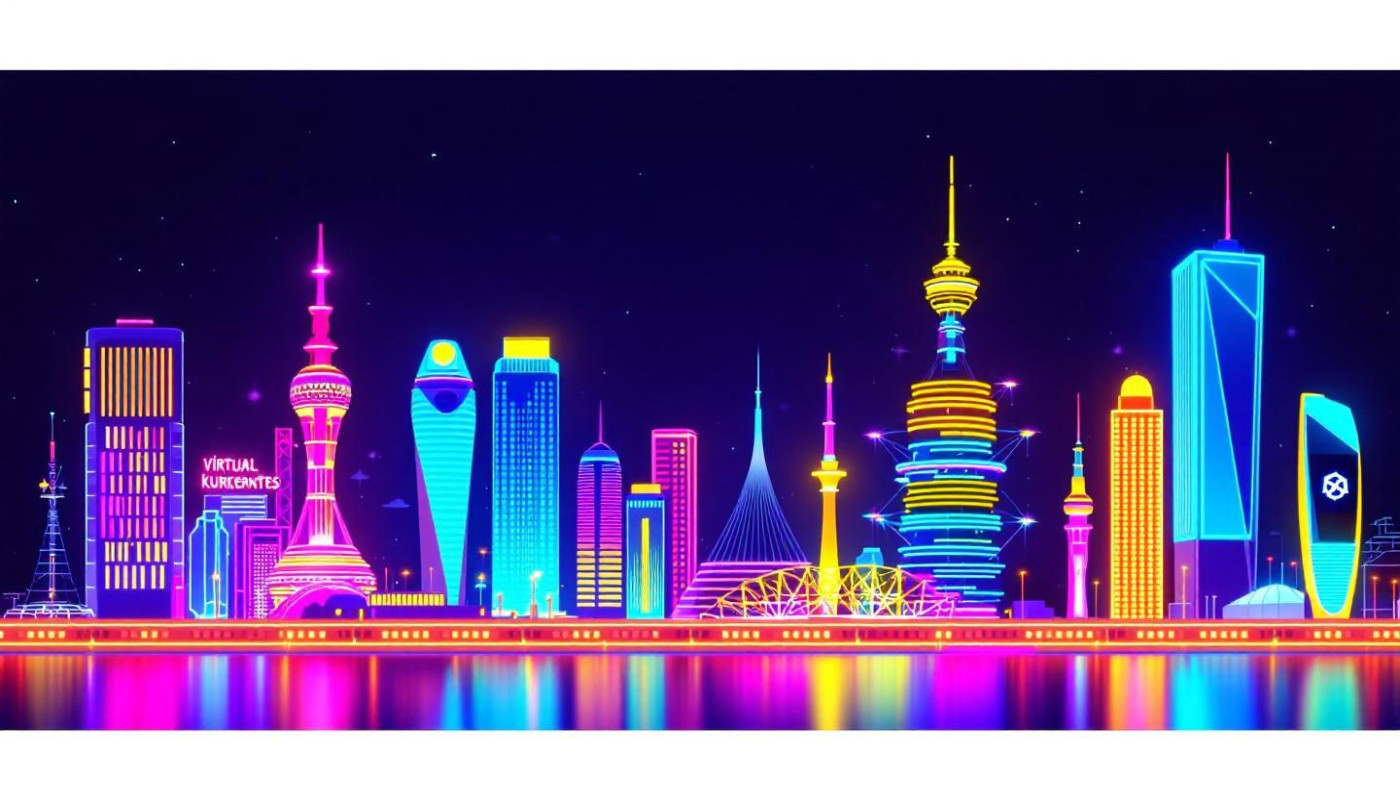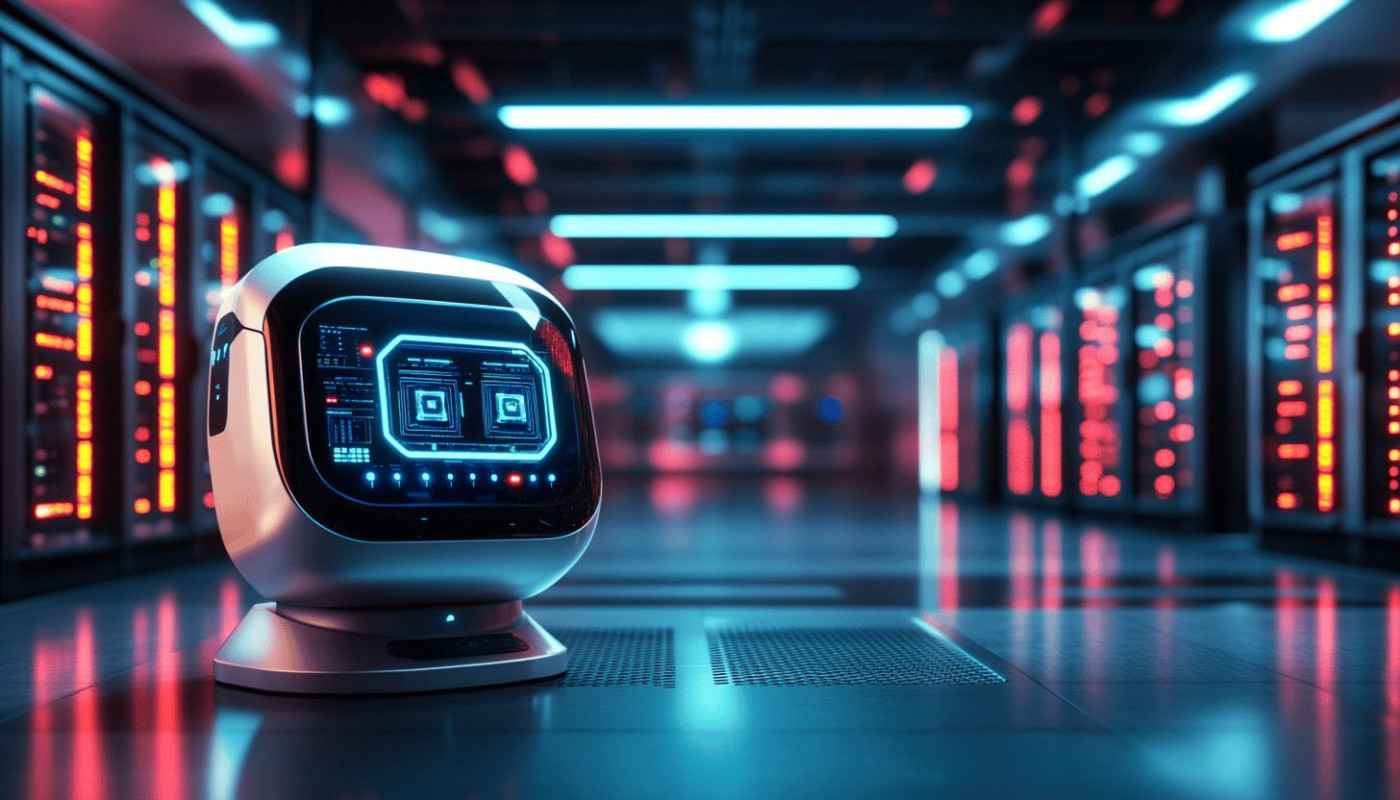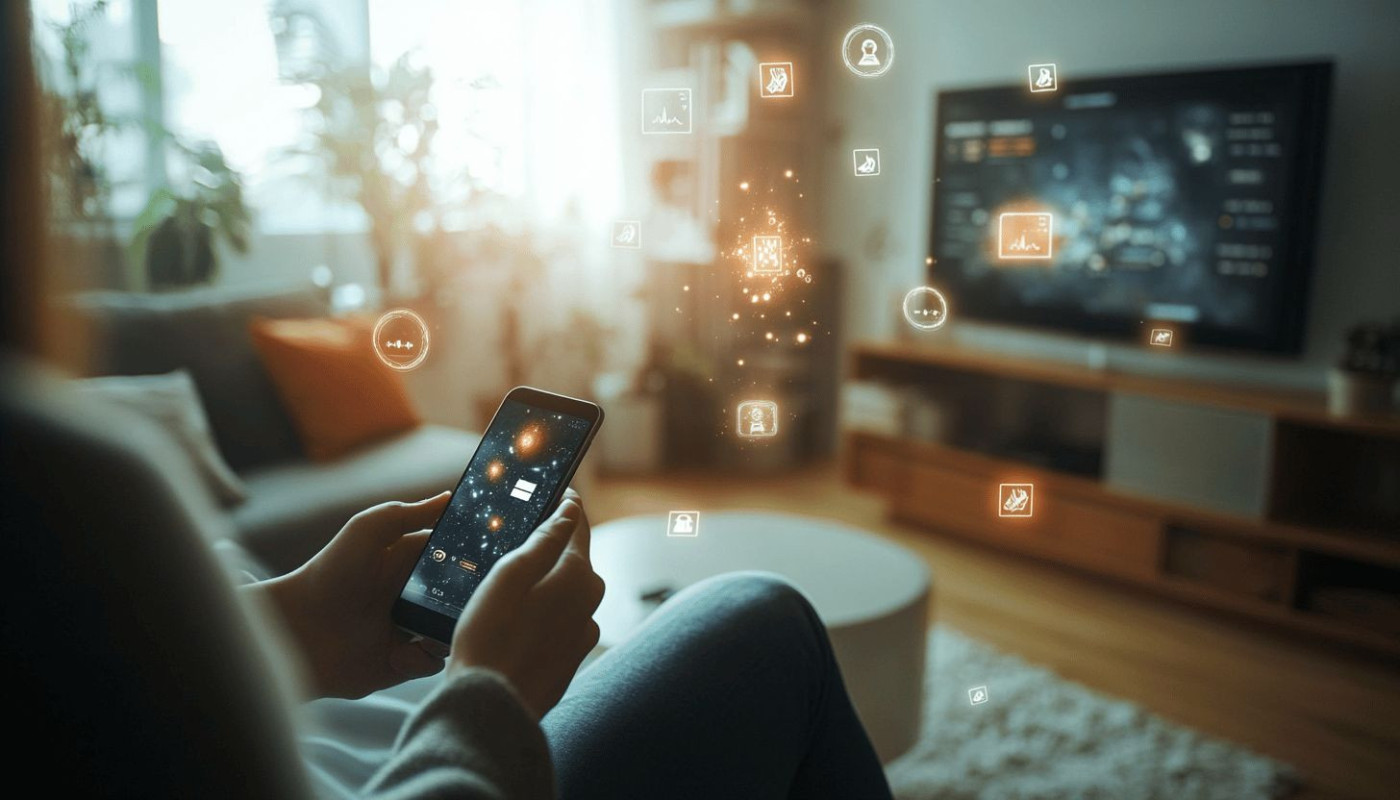Table of contents
The intersection of creativity and technology is a fascinating domain that continues to expand as artificial intelligence evolves. With AI-driven image generation, the future of creativity looks both promising and complex, challenging traditional notions of artistry and originality. This exploration invites you to delve into the revolutionary world where pixels meet possibilities, opening up a dialogue about the implications and potential of AI in the realm of image creation. Discover how this technology is reshaping the landscape of visual media and consider what it might mean for creative professionals and enthusiasts alike.
The Emergence of AI-Driven Creativity
Recent advancements in artificial intelligence have marked a paradigm shift in the realm of creativity, with machines now capable of generating images that resonate with human aesthetics. At the heart of this transformation are neural networks and machine learning algorithms, which enable computers to learn from vast datasets and mimic the complex patterns of human cognition. The introduction of Generative Adversarial Networks (GANs) has been particularly pivotal, setting a new standard for AI-generated art. These networks involve two models—the generator and the discriminator—working in tandem to produce and refine images of astonishing originality and detail.
As a result, the landscape of creative technology has been irrevocably altered. AI now plays an instrumental role in expanding the boundaries of human creativity, offering artists and designers an unprecedented toolkit to augment their vision. The emergence of AI-generated art has not only democratized the creative process by enabling novices to craft compelling visuals but has also sparked innovation in art, challenging the traditional views of authorship and artistic expression. This cutting-edge amalgamation of neural networks, machine learning, and creative drive propels us into an era where the confluence of human and artificial intelligence breeds new artistic possibilities and redefines the frontier of visual creativity.
Challenges and Ethical Considerations
The advent of AI-driven image generation has brought with it a myriad of challenges and ethical considerations that cannot be overlooked. One of the foremost issues is copyright infringement, a concern rooted deeply in the protection of Intellectual Property (IP) rights. This technology has the potential to replicate existing artwork without consent, raising questions about the protection of original creators' IP. Additionally, the intersection of art and technology presents a possible devaluation of human-made art, as the unique qualities and emotional depth associated with human creativity may be overshadowed by the efficiency and replicability of AI-generated images.
AI ethics, a field that is gaining prominence as fast as the technology develops, plays a pivotal role in addressing these concerns. It is imperative that industry standards are established to guide the use and development of AI in a manner that respects copyright laws and the integrity of human artistic endeavors. Ethical guidelines must also be delineated to ensure that AI tools augment human creativity rather than replace it. These standards should aim to balance innovation with respect for individual creativity and the broader cultural significance of art. For those who wish to explore how these emerging technologies can be navigated responsibly, look at this website for insight into the application of AI in image generation while considering the importance of ethical practices.
AI in the Professional Creative Industry
Within the professional creative industry, AI-driven image generation has rapidly established itself as a major player, manifesting as a pivotal force in design innovation, advertising, and the entertainment industry. In fields such as graphic design and visual arts, AI tools are now routinely used to expedite the creation of intricate patterns, suggest color palettes, and even generate entire compositions, thereby augmenting the creative process with computational creativity. In the sphere of advertising, these advanced algorithms are being harnessed to produce tailored visuals that can adapt to different target audiences, leading to more personalized and effective campaigns. The entertainment sector, too, benefits from AI collaboration by using this technology to create complex visual effects, conceptualize set designs, and offer viewers unique experiences that were once inconceivable.
In this landscape, creative professionals are finding that AI opens doors to new possibilities, allowing them to push the boundaries of their imagination. Nevertheless, there are concerns about originality and the potential for AI to replace human input, which continues to be a subject of debate. While AI can handle repetitive and time-consuming tasks, leaving more room for creative professionals to focus on the big picture, the nuanced understanding and emotional depth that humans bring to the table remain unparalleled. Balancing AI capabilities with human creativity is therefore central to maintaining the integrity and heart of creative works. According to creative directors with substantial experience in integrating AI into professional projects, the ultimate goal is to form a synergistic relationship where AI serves as a tool that enhances human creativity rather than one that overshadows it.
Education and Skill Development in the Age of AI
The emergence of AI-driven image generation heralds a transformative era for educational curricula, necessitating a paradigm shift in the way we approach skill development within the creative domains. As these AI tools become more integrated into artistic processes, educators must recalibrate their teaching methodologies to incorporate this technology, preparing students for a future where Augmented Creativity is the norm. It's no longer sufficient for upcoming competitive artists and designers to solely master traditional techniques; they must now also acquire proficiency in navigating and harnessing AI platforms to enhance their creative potential.
To adapt, design education institutions are beginning to weave AI competencies into their syllabi, ensuring that graduates are well-versed in both the opportunities and ethical considerations posed by these advancements. With the landscape of art and design ever-evolving, a thought leader in art and design education aptly points out that critical thinking, adaptability, and continuous learning are becoming increasingly vital. Learners must now develop an astute understanding of how AI can be a partner in the creative process, not just a tool, thereby enriching their work and expanding the boundaries of human imagination.
Envisioning the Future of AI-Generated Imagery
As we stand on the brink of a new era in digital expression, the trajectory of AI-generated imagery promises to redefine the boundaries of the creative landscape. Anticipating significant future advancements, experts forecast an evolution of tools that enhance human-machine collaboration, leading to unprecedented artistic achievements. The symbiosis of human creativity with the computational power of AI could birth new forms of evolutionary art, where algorithms not only replicate existing styles but also innovate, pushing the envelope of originality. This collaboration may challenge traditional notions of authorship as AI becomes a more autonomous partner in the creative process. In the dynamic interplay of code and canvas, we may witness emergent properties that are more than the sum of their parts, heralding a renaissance in digital creativity where AI-generated imagery becomes a principal medium for exploring the yet untapped vistas of human imagination.
Similar articles

Enhancing SaaS Performance: Does Kubernetes Ensure Optimal Growth?

How Automated Tools Streamline Kubernetes Operations?

Exploring The Convenience Of Purchasing Digital Game Credits Via Mobile Billing

How To Choose The Right Web Hosting For Your Online Magazine

Exploring The Benefits Of Free AI-Powered Chat Interfaces

How To Build A No-Code Chatbot For Your Business

How Outsourcing E-commerce Tasks Fuels Business Growth

How Virtual Servers Enhance DDoS Mitigation For Businesses

How Free Online Auction Platforms Can Transform Fundraising For Nonprofits

